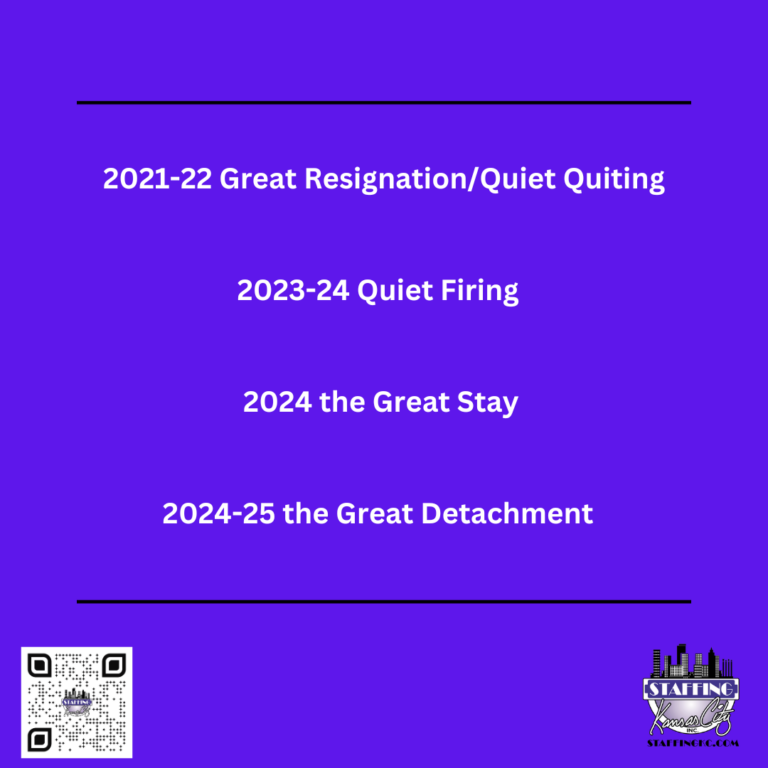
Last year, we wrote about “Quiet Quitting”, a concept favored by Gen Z workers. “Quiet quitting involves putting in the least amount of work to avoid being fired. Now 2023 brings us the concept of “Quiet Hiring”. Much like quiet quitting, the concept of quiet hiring is an old practice with a new buzzy name.
Name That Practice
A LinkedIn Pulse article defines quiet hiring as a method to address immediate staffing needs without needing to make a public announcement or posting a job description. This can take a number of forms such as temporarily reassigning current staff to a different role or department or adding new responsibilities to the employee’s current role. It could also include hiring a short-term contractor to fill the role temporarily.
Benefits of Quiet Hiring
Flexible – Quiet hiring can be a temporary stop gap that allows a company and its staff to keep moving forward during a long recruitment process or during an employee’s short-term absence.
Cost-Effective – This practice is considerably cheaper than the hire of a full-time employee, especially if the need will only be temporary in nature.
Exploratory – Quiet hiring offers an added bonus of seeing the work, skills and contributions of a current employee or new talent through a short-term project or assignment. This can also be a way for current employees to “try out” a new role or an assignment in a department.
Quiet Considerations
One caveat to this is when things are moving quickly, it can be easy to leave out the necessary details or to assume everyone is on the same page. It is important that managers communicate the many aspects of the change and to be clear if there will be additional support and resources available to make the transition successful.
In the case of a current employee, these new situations will often require an adjustment in the priorities of the employee and clear communication about how each new assignment will impact the employee’s current workload and goals. It’s also important to clearly communicate if such assignments have the potential to lead to career growth or advancement for the employee.
Employees who are left in the dark about any of these changes are certain to become frustrated and an otherwise good employee could fail to hit the expected mark without clear expectations. Those who receive additional work without recognition or compensation are also more apt to become disenchanted. This could result in a loss of productivity or lead to a quiet quitting situation, something most managers hope to avoid.


